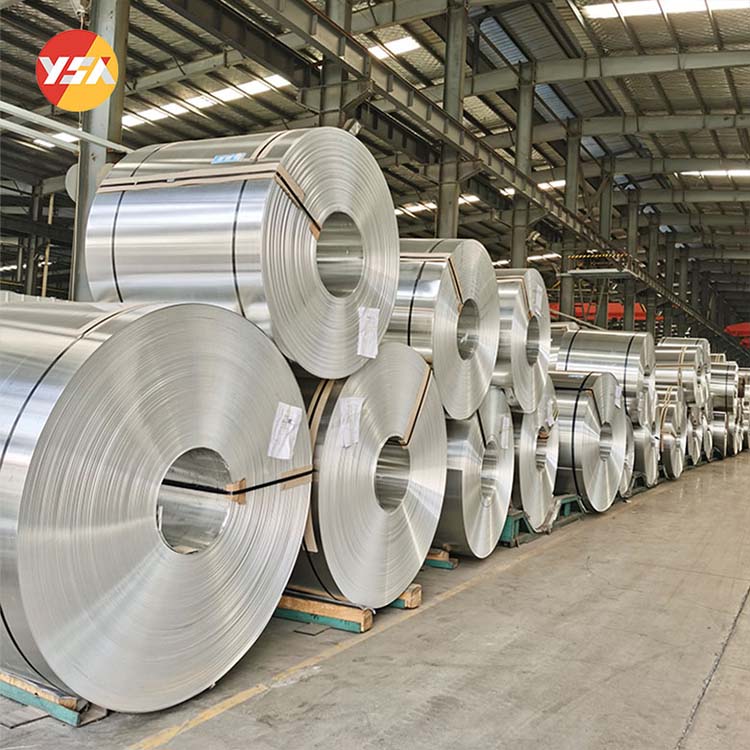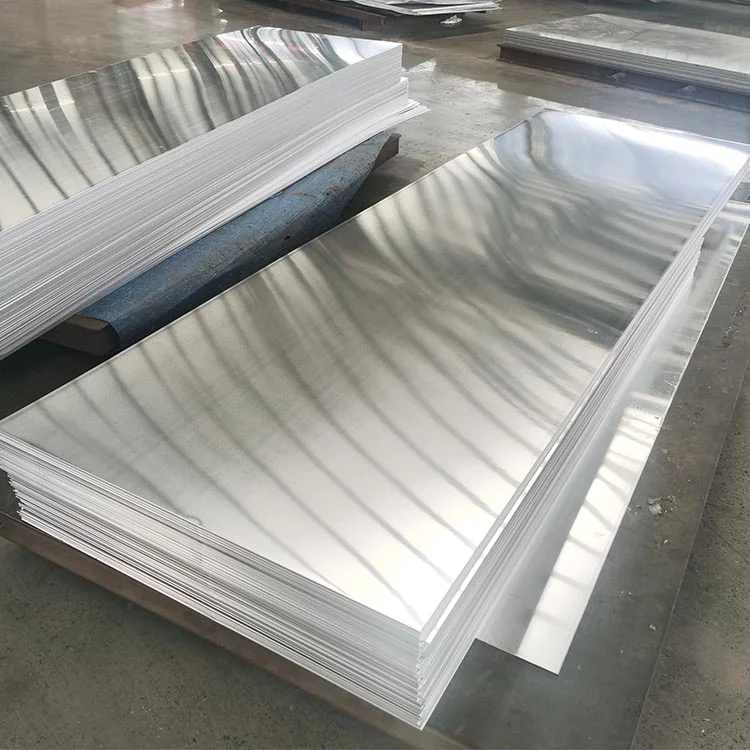[ad_1]
Aluminum is a versatile and widely used material in various industries due to its lightweight, corrosion-resistant, and high strength properties. Two popular aluminum alloys that are commonly used in manufacturing and construction are 5052 and 3003. While both alloys have similar characteristics, there are some key differences that make one better suited for certain applications than the other. In this article, we will compare the two aluminum alloys – 5052 and 3003 – to determine which is the better choice for different projects.
5052 Aluminum Alloy
5052 aluminum alloy is a non-heat treatable alloy known for its excellent corrosion resistance, high fatigue strength, and good workability. It is often used in marine applications, automotive parts, and electronic enclosures due to its ability to withstand harsh environments and exposure to moisture. The main alloying element in 5052 is magnesium, which gives it enhanced strength and durability.
One of the key advantages of 5052 aluminum alloy is its excellent formability, making it easy to shape and manipulate into various shapes and sizes. This makes it an ideal choice for applications that require complex or intricate designs. Additionally, 5052 has a high fatigue strength, allowing it to withstand repeated stress and loading without failure.
Another benefit of 5052 aluminum alloy is its high corrosion resistance, making it suitable for use in marine environments or outdoor applications where exposure to moisture is a concern. The alloy forms a protective oxide layer on its surface, preventing corrosion and rusting over time.
3003 Aluminum Alloy
3003 aluminum alloy is a commercially pure aluminum alloy known for its excellent weldability, formability, and corrosion resistance. It is commonly used in cooking utensils, roofing panels, and decorative trim due to its attractive appearance and versatility. The main alloying element in 3003 is manganese, which provides strength and stability to the alloy.
One of the main advantages of 3003 aluminum alloy is its excellent weldability, allowing it to be easily joined with other metals or alloys using various welding techniques. This makes it a popular choice for applications that require welding or joining of components, such as automotive parts or building structures.
3003 also has good formability, making it easy to work with and shape into different forms and sizes. This makes it suitable for applications that require intricate or customized designs, such as architectural trim or decorative elements.
Additionally, 3003 aluminum alloy has high corrosion resistance, making it suitable for use in outdoor or marine environments where exposure to moisture and harsh conditions is a concern. The alloy forms a protective oxide layer on its surface, preventing corrosion and rusting over time.
Comparison of 5052 and 3003 Aluminum Alloys
While both 5052 and 3003 aluminum alloys have similar characteristics such as corrosion resistance and formability, there are some key differences that make one better suited for certain applications than the other.
Strength and Durability: 5052 aluminum alloy has higher strength and fatigue resistance compared to 3003, making it a better choice for applications that require strength and durability, such as marine or automotive parts. On the other hand, 3003 aluminum alloy has lower strength but higher formability, making it suitable for applications that require bending or shaping, such as roofing panels or decorative trim.
Weldability: 3003 aluminum alloy has better weldability compared to 5052, making it a preferred choice for applications that require welding or joining of components. 5052, on the other hand, may require preheating or special welding techniques to achieve a strong weld.
Cost: 3003 aluminum alloy is cheaper and more readily available compared to 5052, making it a cost-effective choice for projects with budget constraints. 5052, on the other hand, is more expensive but offers higher strength and durability, making it a better long-term investment for certain applications.
Overall, the choice between 5052 and 3003 aluminum alloys depends on the specific requirements of the project and the desired properties of the material. While both alloys have their advantages and limitations, knowing the key differences between the two can help in selecting the best material for the job.
In conclusion, both 5052 and 3003 aluminum alloys have their own unique characteristics and benefits, making them suitable for different applications. 5052 is a better choice for applications that require high strength and durability, while 3003 is ideal for projects that require weldability and formability. By understanding the differences between the two alloys, you can make an informed decision on which is the better choice for your specific project needs.
[ad_2]


